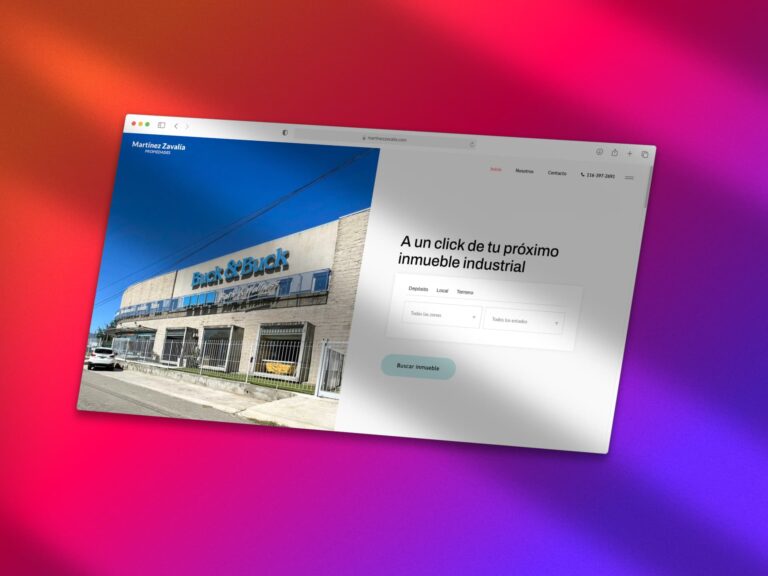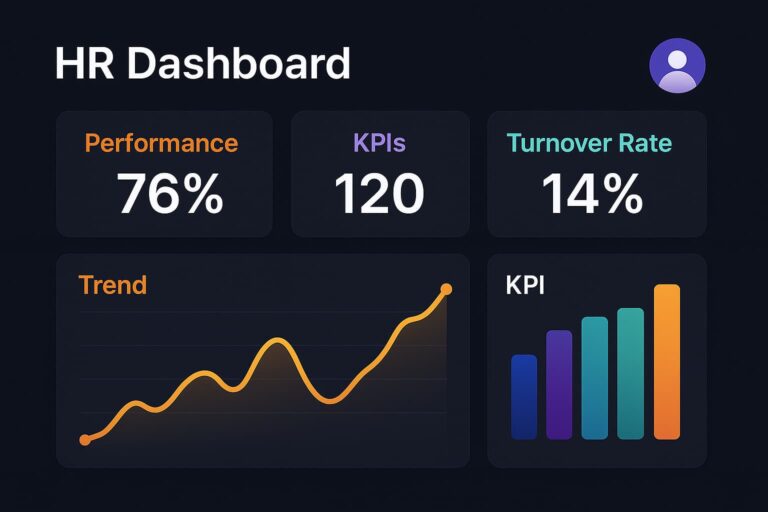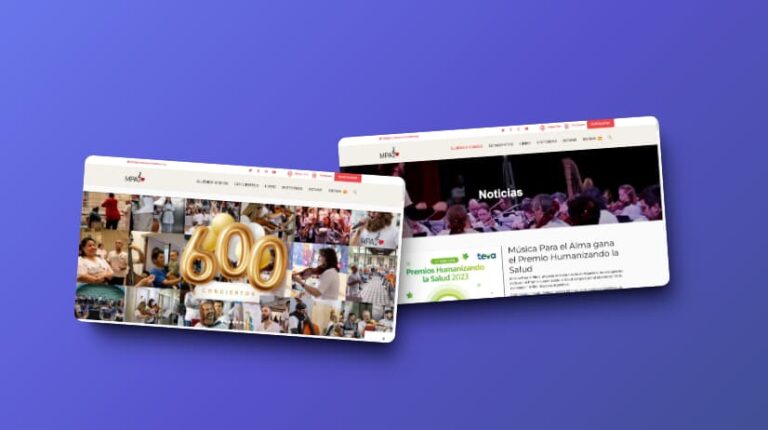In the dynamic world of mobile app development, choosing the right framework is a pivotal decision. The framework you select can significantly impact development speed, app performance, and the user experience. As you embark on the journey of creating versatile mobile apps, it’s essential to explore the options available. Let’s dive into some of the leading frameworks to help you make an informed choice.
**1. React Native:**
React Native, developed by Facebook, is a popular choice for building cross-platform mobile apps. It allows you to write code in JavaScript and render it using native components. This approach results in a near-native performance and user experience while offering code reusability across iOS and Android.
**2. Flutter:**
Flutter, created by Google, is another cross-platform framework gaining traction. It uses Dart as its programming language and offers a rich set of pre-designed widgets. Flutter’s “hot reload” feature allows developers to see instant changes, speeding up the development process.
**3. Xamarin:**
Xamarin, now a part of Microsoft, enables the development of mobile apps using C# and the .NET framework. It provides excellent code-sharing capabilities and access to native APIs, making it a versatile choice for developers familiar with C#.
**4. NativeScript:**
NativeScript is an open-source framework that allows you to build truly native apps using JavaScript, TypeScript, or Angular. It provides direct access to native APIs and supports a wide range of plugins and libraries.
**5. Ionic:**
Ionic is a popular framework for building hybrid mobile apps using web technologies like HTML, CSS, and JavaScript. While it may not offer the same level of performance as native apps, it provides a cost-effective way to create versatile apps for multiple platforms.
**6. PhoneGap/Cordova:**
Apache Cordova, also known as PhoneGap, lets you develop mobile apps using standard web technologies. It wraps your web app in a native container, providing access to device features through plugins. It’s a straightforward choice for web developers looking to enter the mobile app space.
**7. SwiftUI (iOS):**
If your focus is exclusively on iOS development, SwiftUI is worth considering. Introduced by Apple, SwiftUI simplifies the UI creation process, offering a declarative syntax. It’s particularly well-suited for creating iOS apps with a native look and feel.
**8. Kotlin Multiplatform (KMP):**
Kotlin Multiplatform is a newer approach to cross-platform development. Developed by JetBrains, it enables sharing code between platforms while still allowing for platform-specific code when necessary. It’s especially appealing for Kotlin enthusiasts.
**9. Progressive Web Apps (PWAs):**
While not a traditional framework, PWAs deserve mention. PWAs are web apps that offer app-like experiences across different platforms and devices. They can be accessed through web browsers and installed on a user’s device. Frameworks like Angular and Vue.js are often used to build PWAs.
**10. Choose Based on Project Requirements:**
Ultimately, the framework you choose should align with your project’s specific requirements, team expertise, and target audience. Consider factors like development time, budget, app performance, and platform support when making your decision.
In conclusion, the world of mobile app development offers a wide array of frameworks, each with its own strengths and weaknesses. Evaluating your project’s needs and conducting thorough research will help you select the framework that best suits your goals. Whether you prioritize cross-platform compatibility, native performance, or a balance of both, there’s a framework out there to help you create versatile mobile apps.
Stay tuned for more insights into the fascinating realm of mobile app development!





